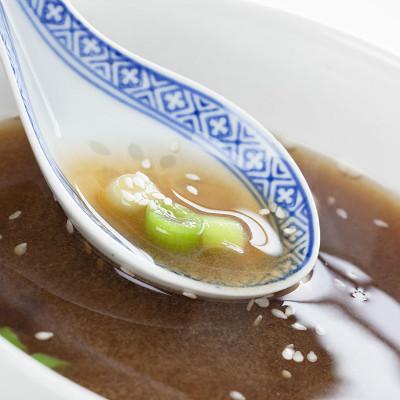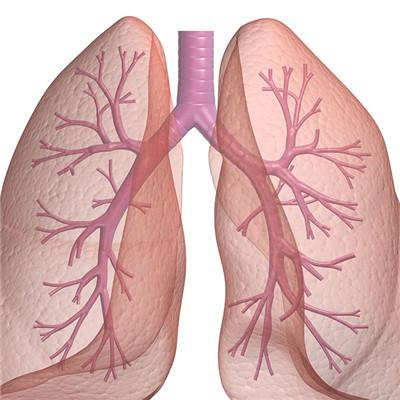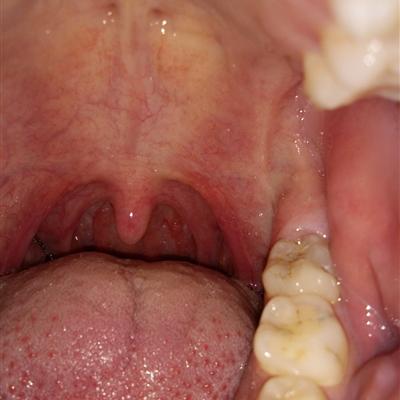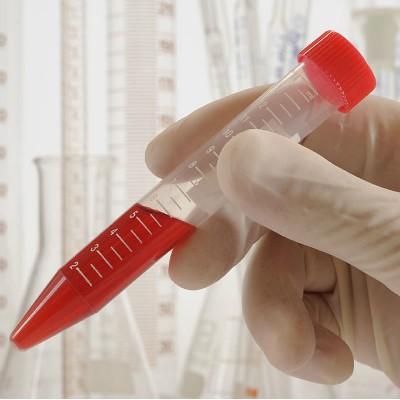Papular dermatitis in children?
summary
Papular acrodermatitis in children is considered to be a skin disease associated with HBV infection. It is considered to be a skin disease related to hepatitis B virus infection. It may be related to the deposition of hepatitis B virus antigen antibody complex, mainly in children. It is considered that the disease is a skin manifestation of hepatitis B virus infection, which may be related to the deposition of antigen antibody complex of hepatitis B virus. Papular dermatitis in children? I'd like to share my views with you.
Papular dermatitis in children?
The age of onset ranged from 6 months to 15 years old, and most of them were 2-6 years old. Without obvious prodromal symptoms, the rash occurred suddenly. From the needle to mung bean large flat solid papules, dark red, purplish red or light brown. In 3-4 days, it gradually extended to the thigh, hip and upper limb extension side, and finally extended to the face. The trunk was not affected, and occasionally a few skin lesions could be seen.
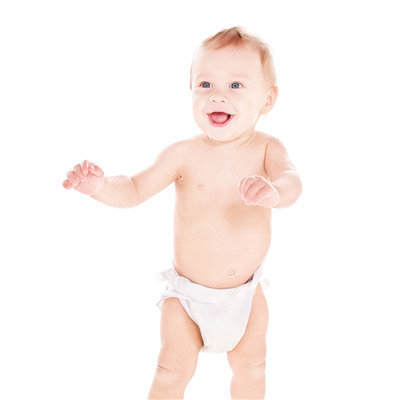
Most of the lesions are symmetrically distributed, spreading and not fusing with each other. But the elbow, knee, back of hand and back of foot, which are easy to be stimulated by mechanical stimulation, sometimes fuse and line up (Koebner phenomenon), which is not itchy, and the mucous membrane is generally not invaded. After 2-8 weeks, it will disappear naturally, and there may be slight desquamation. At the time of eruption, the lymph nodes of the whole body are enlarged, especially in the neck, armpit, elbow and groin.
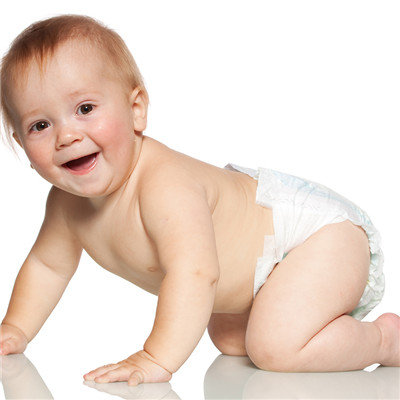
Acute hepatitis without jaundice occurred at the same time or 1-2 weeks after the rash, but jaundice, hepatomegaly, but no tenderness occurred 20 days after the rash. The rash lasted about 20-40 days, with mild desquamation and subsided. When the rash subsided, the hepatitis reached the extreme stage, but the patients were generally in good condition. A few patients may have low fever, fatigue and general discomfort. The levels of serum transaminase (SGOT, SGPT) increased to 100-800 u, even as high as 2000 u. The levels of aldolase, alkaline phosphatase and sodium sulfonate bromide also increased (up to 40%), but serum bilirubin did not increase. A few days after the rash, the serum HBsAg was positive. About half of the patients could turn negative after 3 months, but the negative conversion rate was very slow. One year later, 40% of the patients were still positive. The total number of white blood cells is generally normal, but also slightly increased or decreased. The number of monocytes is increased, which is similar to infectious mononucleosis, but the hemagglutination test is negative, the ESR is normal, and the serum protein electrophoresis is in the acute stage α 2 and β Globulin increased in the end stage γ Globulin increased.
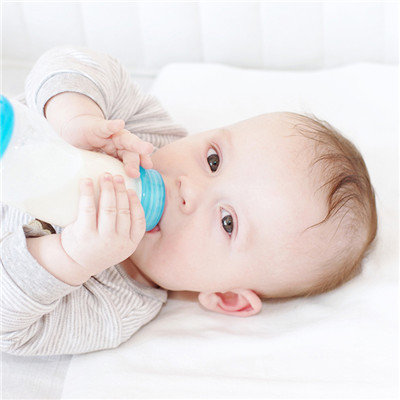
matters needing attention
Papular acrodermatitis in children is also known as gianetti crotti syndrome. This disease is considered to be a skin disease associated with HBV infection. At present, it is considered that the disease is a skin manifestation of hepatitis B virus infection, which may be related to the deposition of hepatitis B virus antigen antibody complex. Pay attention to the active treatment of hepatitis B. The onset age of this disease is from 6 months to 12 years old, mostly from 2 to 6 years old. It mainly occurs in the limbs, rarely in the face and trunk, etc. it naturally subsides after 2 to 8 weeks.








